Reading Time: 2 minutes Using unusual feeds such as canola, straw, and slough hay increases the need for feed testing, says a provincial forage specialist. “Knowing the quality of the forage being used this winter is going to be critical to make it through on a short feed supply,” said Barry Yaremcio. Many canola crops being cut for silage […] Read more
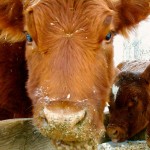
Alternative feeds can cause health issues
Too much sulphur can lead to polio and a shortage of nitrogen can reduce feed intake

Hay prices stabilize in Sask., Man.
CNS Canada –– Timely rains have drastically improved the forage crop outlooks for Saskatchewan and Manitoba, while also putting prices back into their normal ranges. “Skyrocketing hay prices have stabilized… supplies are good,” said Terry Kowalchuk, a provincial forage crop specialist in Regina. Prices are mostly back down into the $80-$100 per tonne range, he […] Read more
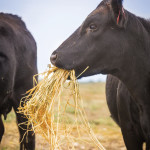
When it makes sense to have cattle custom fed
Freight costs, yardage, and the ‘opportunity cost’ of your labour may be the deciding factors
Reading Time: 2 minutes Trucking in hay is very expensive this year, but you still have to run the numbers to decide if it’s better to buy feed or have cattle custom fed, says a provincial farm business management specialist. The first step is to calculate the cost of putting feed into the feed bunk, said Dean Dyck. This […] Read more
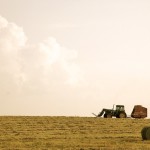
Boosting hay stand conditions
Reading Time: < 1 minute Many hay stands, especially older ones, are in poor condition following this year’s drought and in need of a fertility program, says a provincial forage specialist. “Doing it in spring is good, but although doing it in fall might lose a little bit of the nitrogen component, it allows for a very early effect on […] Read more
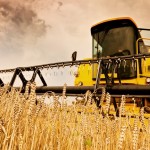
Wet weather continues to stall harvest, pastures, hay rate poor
Alberta crop conditions as of September 15, 2015
Reading Time: 2 minutes Following a brief dry spell to the middle of last week, wet weather over the weekend slowed down or completely halted harvesting operations across the province. Most of the province received rain, from less than 5 mm in northern areas of Peace and North East Regions and small areas in South Region, to over 30 […] Read more

What to ask when purchasing hay
Reading Time: < 1 minute Hay supplies and prices have been at a premium, but when purchasing hay it is important to keep quality in mind. There is always a risk when buying hay from unknown sources, including poor nutritional quality; a different species mixture than you expected; excessive dust or mould; or a high proportion of weeds. Here are […] Read more

Province creates online listings for alternative feed uses
Reading Time: < 1 minute In response to numerous calls to the Alberta Agriculture and Forestry’s Ag-Info Centre about options for alternative use of crops, a new category has been created under hay and pasture listings on the department’s web page. “Called Standing Annual Crop, the new category gives producers the option to list their crops for alternative uses so […] Read more
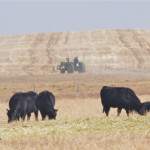
Short on feed? You need a multi-pronged plan, says expert
Get your winter feed in place now, fatten up light cows, save your pastures, and talk to your neighbours
Reading Time: 4 minutes Faced with tight hay supplies and high feed prices, producers are naturally focused on how to feed their livestock over the winter — but they need a comprehensive plan, says a forage specialist with Alberta Agriculture and Forestry. “If you don’t do a good job feeding these cows properly this winter it’s going to affect […] Read more
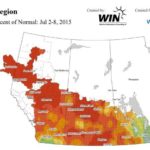
Parched Prairie forages hang in under stress
CNS Canada — Sporadic rains and prolonged periods of dryness are taking their toll on forage crops in Alberta and parts of Saskatchewan. According to Terry Kowalchuk, a forage crop specialist with Saskatchewan Agriculture in Regina, the eastern half of the province is managing, but the situation is worse in the province’s west. The western […] Read more

Guenther: Manage risks around weather-stressed pastures, forages
Mother Nature has dealt a weak hand to many northwestern Saskatchewan livestock producers this year as frost, a cool spring and dry weather have hit pastures and hay stands. But there are still a few strategies for producers to make the best — and avoid the worst — of what the weather has left them. […] Read more

